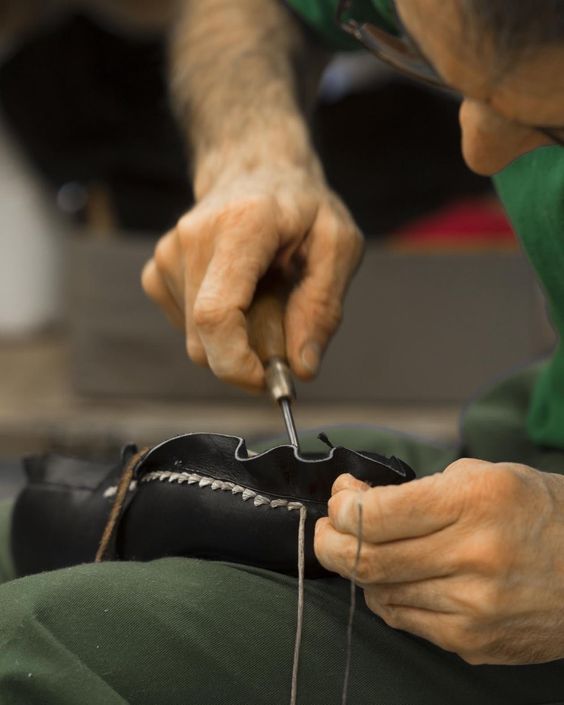Leather shoes have long been a symbol of sophistication and durability, blending classic style with practical benefits. From the polished dress shoes worn in formal settings to rugged boots designed for outdoor adventures, leather footwear remains a staple in many wardrobes. This exploration delves into the history, types, benefits, and care of leather shoes, offering a comprehensive understanding of their enduring appeal.

History and Evolution
The use of leather for shoes dates back thousands of years. Ancient civilizations, such as the Egyptians, Greeks, and Romans, employed leather to craft sandals and boots. Leather was prized not only for its durability but also for its ability to be molded into various shapes, making it an ideal material for footwear. In the Middle Ages, leather shoes became more refined, with intricate designs and embellishments indicating social status. The Industrial Revolution further revolutionized shoe manufacturing, allowing for mass production and greater accessibility. Despite technological advancements, the fundamental appeal of leather shoes has remained constant, thanks to their elegance and longevity.

IMPORTED LEATHER TOOLS
Craftsmanship and Production
The production of leather shoes involves several intricate steps, each requiring a high level of craftsmanship. The process begins with selecting high-quality leather, which can be sourced from various animals, including cows, goats, and pigs. The leather undergoes tanning, a process that preserves it and makes it suitable for use in footwear. Tanning can be done using different methods, such as chrome tanning (faster and more common) or vegetable tanning (which gives a more natural finish).
Once tanned, the leather is cut into various parts: the upper (which covers the foot), the lining (which provides comfort), and the sole (which provides support and traction). These parts are meticulously assembled, often by hand, with attention to detail in stitching and finishing. The construction method can vary, with options including Goodyear welted, Blake stitched, and cemented constructions, each offering different levels of durability and flexibility.

Craftsmanship And Production

Types and Styles
Leather shoes come in a wide array of styles, each suited to different occasions and preferences. Some of the most popular types include:
-
Oxfords: Classic dress shoes with a closed lacing system, typically featuring a sleek, polished appearance. Oxfords are ideal for formal occasions and business settings.
-
Derby Shoes: Similar to Oxfords but with an open lacing system, making them slightly more casual and versatile. They are a popular choice for both formal and casual wear.
-
Loafers: Slip-on shoes with a moccasin-like construction, offering comfort and ease of wear. Loafers come in various designs, including penny loafers and tassel loafers, making them suitable for both casual and semi-formal settings.
-
Brogues: Distinguished by their decorative perforations and wingtip designs, brogues add a touch of flair to traditional footwear. They can be found in Oxfords, Derbies, and other styles.
-
Boots: Ranging from ankle boots to knee-high varieties, leather boots are versatile and can be styled for both formal and casual occasions. Styles include Chelsea boots, desert boots, and work boots.


Fashion and Modern Trends
In contemporary fashion, leather shoes remain a symbol of sophistication and quality. Designers continue to innovate, blending traditional craftsmanship with modern aesthetics. This includes experimenting with different leather finishes, colors, and incorporating sustainable practices in production.
The rise of ethical and eco-friendly fashion has led to the development of alternative leather materials, such as vegan leather and recycled leather. These options provide environmentally conscious consumers with alternatives that mimic the look and feel of traditional leather while reducing their ecological footprint.
Conclusion
Leather shoes are more than just a practical necessity; they represent a fusion of history, artistry, and fashion. From their ancient origins to their modern incarnations, leather shoes have evolved to meet the needs and tastes of each era. Their enduring appeal lies in their ability to combine durability with elegance, making them a timeless choice for footwear. Whether for formal occasions, casual outings, or professional settings, leather shoes continue to be a staple in wardrobes around the world, embodying a legacy of craftsmanship and style.
